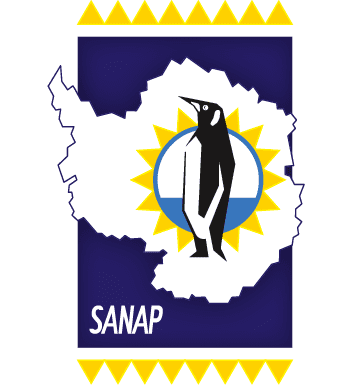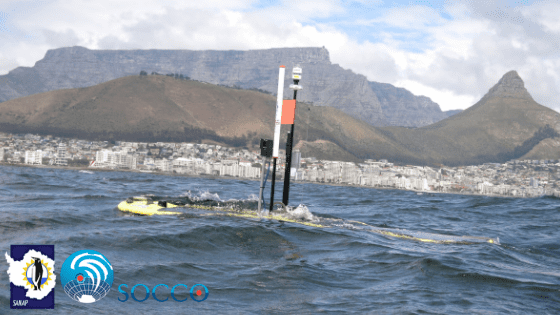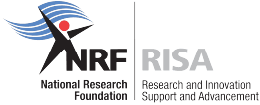SOSCEX-Storm II Experiment Wave Gliders heading to Cape Town from the Antarctic waters
Following up on the story of the our Liquid Robotics Wavegliders returning home to Cape Town from the Southern Ocean (click here) we have now completed the first half of the journey. Waveglider WG052 will arrive at its intermediate waypoint 43°S 9°E on Saturday 2nd March. It has completed the first 1200km of its journey in 17 days at an average of 70km per day during which it sailed through 3 storms and crossed both the Polar and Sub-Antarctic fronts (see photo below).

On Sunday 3rd March WG052 will meet up with its twin WG027 that has been making its own CO2 and physics measurements at our long term observation station SAZ-1 since early December 2018. They will return together in the second 1200km stretch of sub-polar and sub-tropical waters but separated by about 50 – 100km to test some ideas about the correlations length scales for pCO2. Both units continue to provide almost real time observations of ocean physics and CO2. You will see from the attached pic (earth.nullschool.net), which is derived from almost real time satellite observations-based surface ocean circulation product OSCAR of the mesoscale features around the south of Africa, that we are aiming to use one of these “jets” to propel both gliders towards Cape Town across the turbulent cauldron west of the Agulhas current retroflection. It shows very nicely how the ocean is not made up of large homogeneous currents but a series of high speed jets and eddies. We are exploring how the interaction of storms with these features influence the seasonal variability and ultimately the climate sensitivity of the air – sea fluxes of CO2 in the Southern Ocean.
– Dr. Pedro M. Scheel Monteiro & SOCCO & SA-RobOTIC team, 01 March 2019 (posted 06 March 2019)






